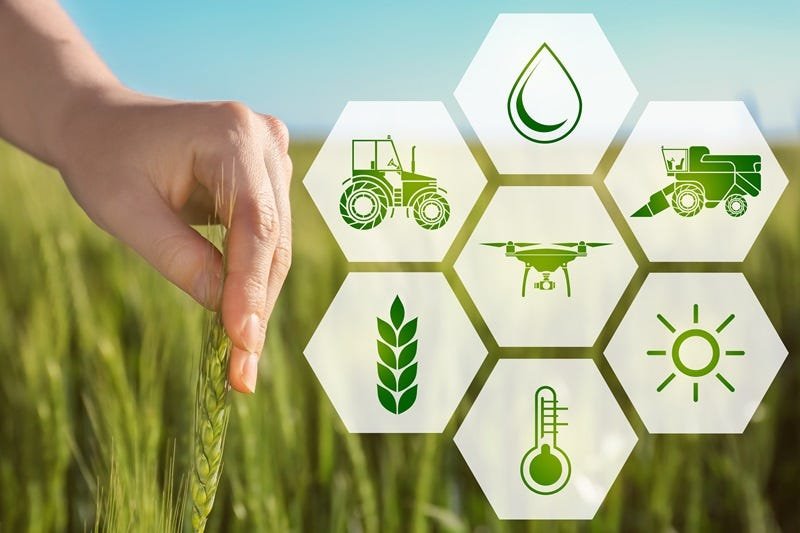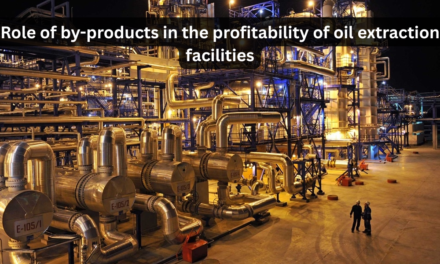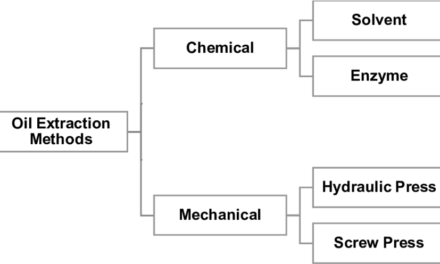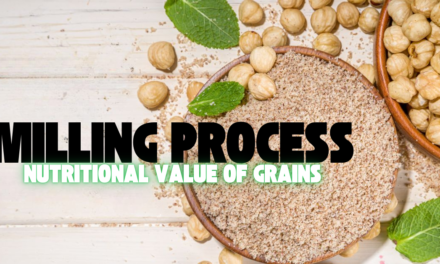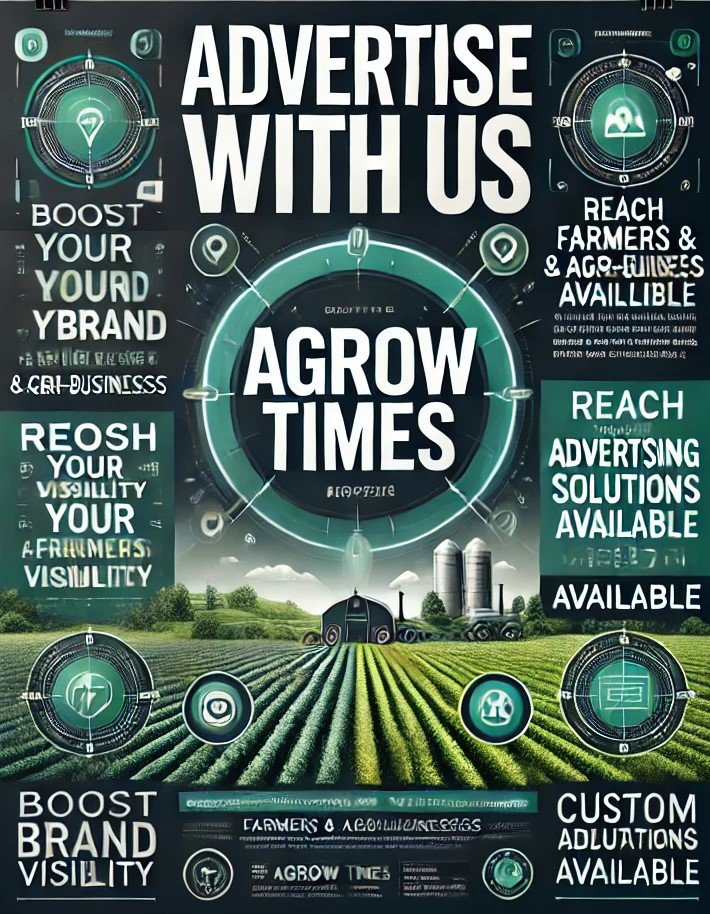Manufacturers ensure the quality of fertilizers through a combination of stringent quality control processes, regulatory compliance, and continuous testing. Here’s how they maintain high standards for fertilizer quality:
1. Raw Material Selection and Testing
- High-Quality Inputs: Manufacturers begin with sourcing high-quality raw materials like minerals (e.g., rock phosphate, potash), chemicals (e.g., ammonia), and organic components. These materials undergo thorough quality checks to ensure they meet required specifications.
- Testing for Purity: Raw materials are tested for contaminants and impurities that could affect the quality of the final product. For example, heavy metals or other toxic substances are monitored to prevent them from being present in the fertilizer.
2. Adherence to Formulation Standards
- Precise Nutrient Composition: Fertilizer formulations (e.g., NPK ratios for nitrogen, phosphorus, and potassium) are carefully developed to meet industry standards. The correct nutrient levels ensure that the fertilizer provides optimal nutrition to crops.
- Customization: Manufacturers may produce custom fertilizers based on soil conditions or specific crop needs, ensuring that the formulation matches the targeted nutritional requirements for maximum crop growth.
3. In-Process Monitoring and Control
- Continuous Monitoring: During the production process, manufacturers use automated systems and sensors to continuously monitor factors like temperature, pressure, chemical reactions, and mixing. This ensures that each batch of fertilizer meets quality standards.
- Batch Consistency: Regular testing of intermediate products during manufacturing helps maintain batch consistency, ensuring that each batch of fertilizer has the same nutrient content and performance as the previous one.
4. Laboratory Testing and Analysis
- Nutrient Content Analysis: Fertilizers are regularly tested in laboratories to verify their nutrient content (e.g., nitrogen, phosphorus, potassium levels) against the specified values. This ensures that the product delivers the expected nutrients to plants.
- Quality Assurance Tests: Additional tests are conducted for factors like solubility, granule size, moisture content, and chemical stability. For instance, slow-release fertilizers are tested to ensure that they release nutrients over time as intended.
5. Environmental and Safety Compliance
- Environmental Impact: Fertilizer manufacturers must ensure that their products comply with environmental regulations, such as minimizing harmful runoff or preventing contamination of water and soil. This is achieved through careful formulation and responsible production practices.
- Health and Safety: Fertilizers are tested to ensure that they do not contain harmful substances that could pose health risks to humans, animals, or crops. Manufacturers comply with safety standards to ensure the product is safe for use.
6. Packaging and Storage
- Proper Packaging: Fertilizers are packaged in materials that protect them from moisture, contaminants, and damage during transport. Proper packaging ensures the product’s integrity and prevents contamination.
- Storage Conditions: Fertilizers are stored in controlled environments to prevent degradation. Manufacturers ensure that the storage facilities are dry, cool, and free from pests to maintain the product’s shelf life and quality.
7. Regulatory Compliance
- Compliance with Standards: Fertilizer manufacturers adhere to national and international regulations, such as those set by the Fertilizer Control Order (FCO) in India, Fertilizer Regulation (EC) No. 2003/2003 in the European Union, and the EPA guidelines in the U.S. These regulations establish minimum quality standards and safety requirements.
- Certification and Audits: Manufacturers often undergo external audits and certification by regulatory bodies to verify that their products meet required quality standards. Certifications may include ISO, organic, or environmental certifications.
8. Traceability and Documentation
- Record Keeping: Manufacturers maintain detailed records of production batches, including raw materials, chemical formulations, and quality tests. This traceability ensures that the quality of the product can be verified and recalls can be easily managed if needed.
- Quality Control Documentation: Comprehensive documentation of quality control procedures and testing results helps maintain transparency and accountability throughout the production process.
9. Customer Feedback and Continuous Improvement
- Market Feedback: Manufacturers gather feedback from farmers and distributors to identify potential issues with product performance or quality. This feedback loop helps improve fertilizer formulations and production processes.
- Research and Development (R&D): Continuous R&D efforts enable manufacturers to innovate and improve the quality of fertilizers, incorporating new technologies and responding to evolving agricultural needs.
By combining rigorous testing, adherence to regulations, and continuous improvement, manufacturers ensure that fertilizers meet high standards for quality, safety, and effectiveness. These efforts help optimize crop growth while minimizing environmental impact.

